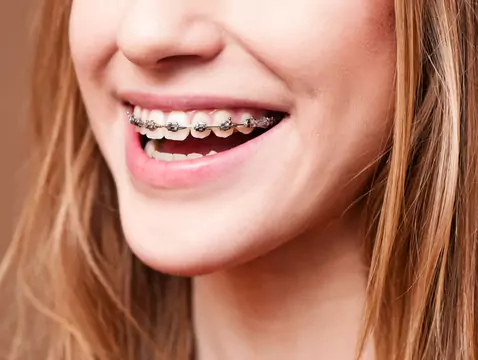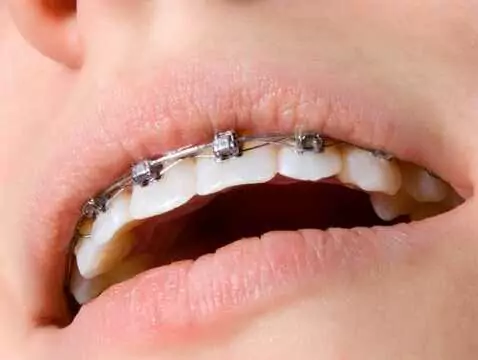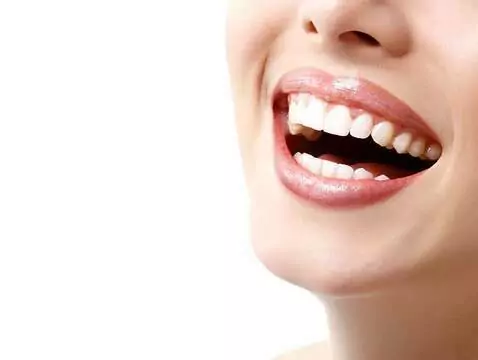Orthodontic treatment, although known for centuries, today takes on a slightly different form mainly due to the growing aesthetic needs of orthodontic clinic clients. We are talking about cosmetic treatment, which aims to improve the appearance of our teeth. However, orthodontic treatment is first and foremost the elimination of malocclusion of the masticatory organ. Like any type of treatment, orthodontic treatment also carries the risk of complications or side effects, in the form of carious lesions, gum resorption or root resection.
The use of orthodontic appliances has many purposes. In addition to the aesthetic effect on the dentition and facial features, it is important to restore the correct occlusion and function of the masticatory organ. Because of these effects that can be achieved with braces, the number of people using them in orthodontic surgeries is increasing. However, an important issue is the complications that can occur after the use of both fixed and removable braces. Usually, these complications are caused by inadequate oral hygiene, and the most common complications are decalcification visible in the form of white spots on the teeth, decaying changes, gum recession as well as changes in the oral mucosa.
"Ugly" teeth
Since ancient times, attention has been drawn to irregularities in the human dentition. In fact, the first mention of such ailments can be found in Hippocrates himself. Nowadays, in spite of the benefits in the form of improved masticatory function and the restoration of correct occlusal conditions, aesthetic values in the form of proper, pretty tooth alignment are becoming an increasing social need. This reason is becoming the generator of an increasing number of patients appearing in orthodontic surgeries and, consequently, orthodontics has developed a branch of activity in addition to traditional treatment, which is cosmetic treatment.
What are the risks of wearing braces?
Like any type of treatment, orthodontic treatment also carries the risk of complications and side effects. Specialists are most frequently confronted with cases of decalcification of teeth, decaying changes in the dentition, inflammation and gum recession. There are also cases when, as a result of the use of braces, damage to the dentition occurs, i.e. there is a possibility of inflammation, degeneration or even pulp necrosis. This occurs as a result of teeth moving too quickly and is most common in fixed appliance wearers. In the case of removable appliance wearers, on the other hand, there is the possibility of stomatopathies occurring simultaneously with infections of fungal origin.
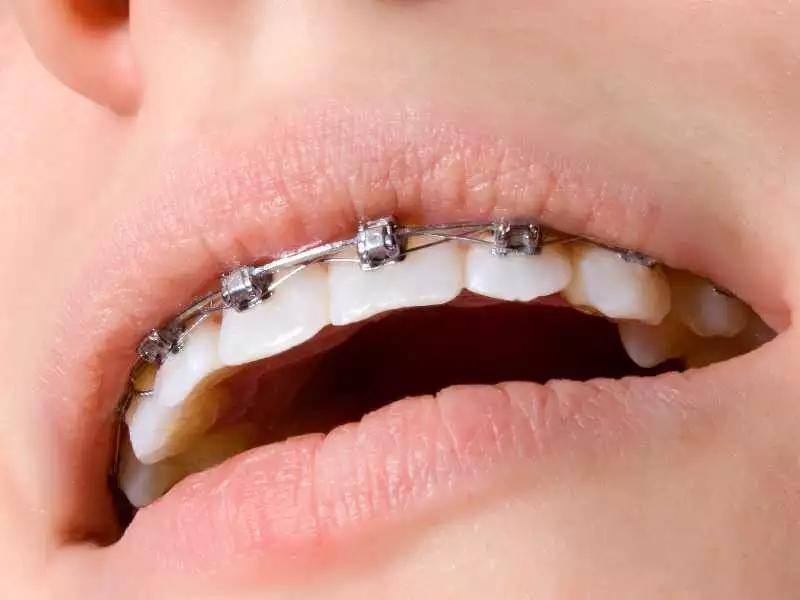
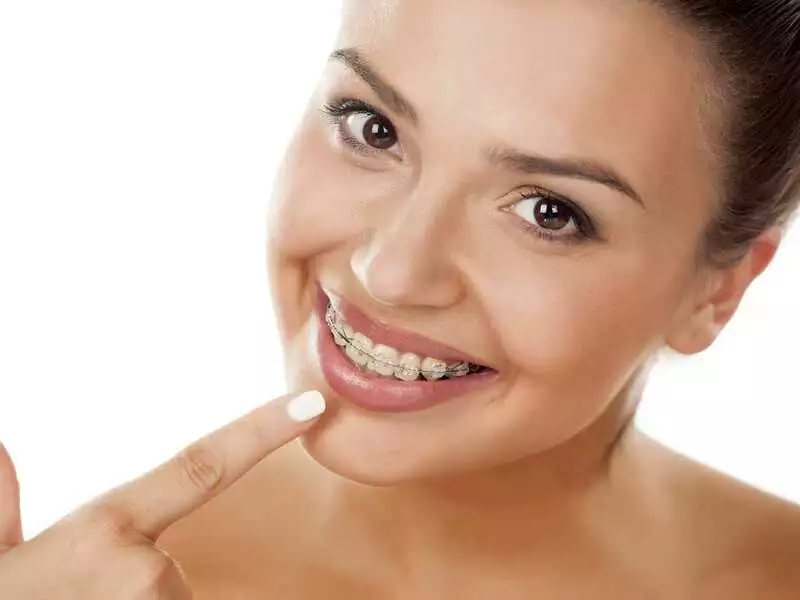
photo: shutterstock
Cavities and braces
By far the most common complication of braces is carious lesions in the form of cavities. According to observation, the most conducive to the formation of such lesions are fixed, thin-bezel braces. So why do braces create an environment conducive to the development of carious lesions? Mainly because of their design. The individual components that make up the braces, such as the rings, arches, brackets and ligatures, restrict the free flow of saliva, which cleans the tooth surfaces on its own. In addition, they are places where food residues often accumulate and lodge, which are not removed by the patient himself during hygienic activities. As a result, cavities are easy to develop, particularly in areas where braces come into contact with the teeth.
Oral hygiene
The key to preventing all side effects of braces is good oral hygiene. It is an absolute duty of the patient and a prerequisite for effective orthodontic treatment. Lack of proper oral hygiene leads directly to the formation of dental cavities. An additional aspect, noted by specialists, is the accumulation of bacterial strains in the mouth, which contributes to the exacerbation of carious lesions.





